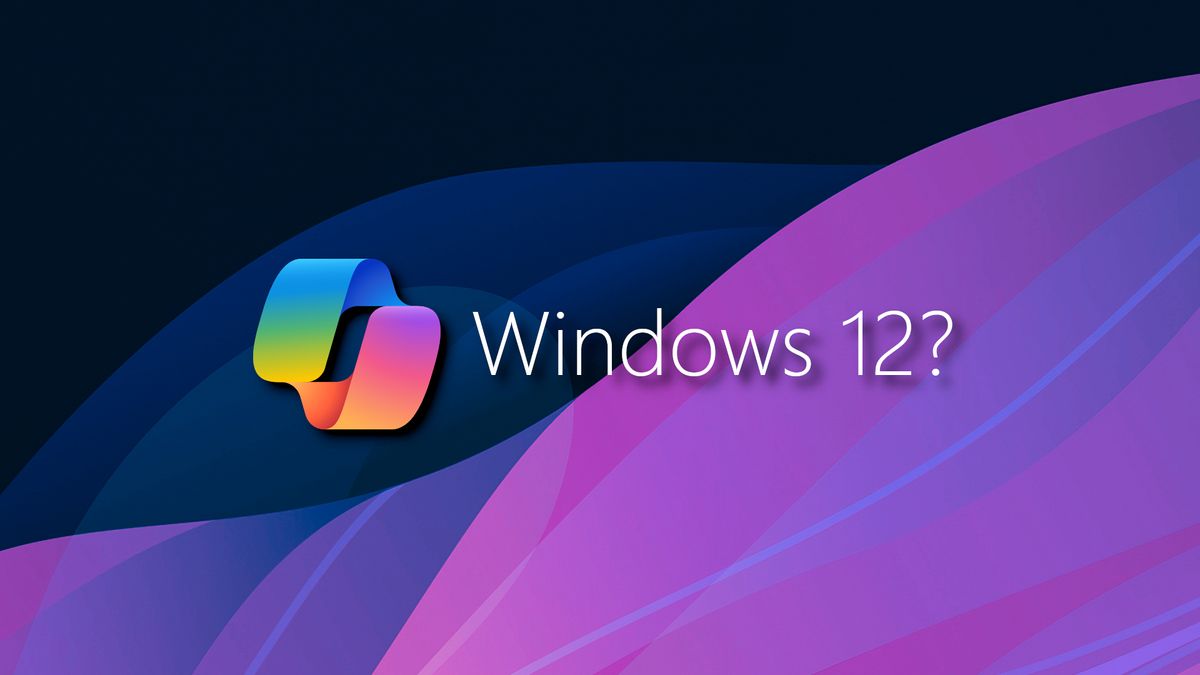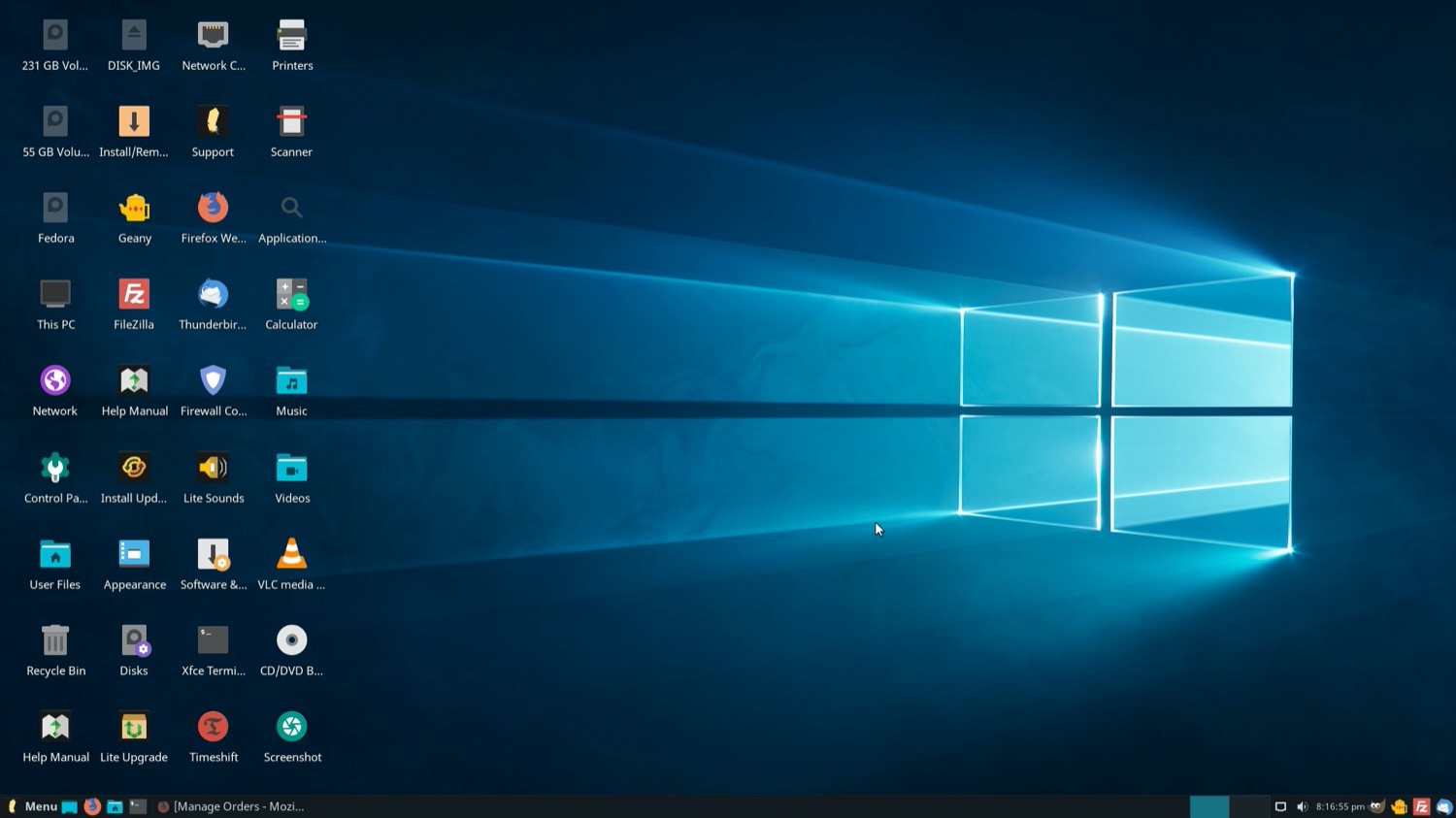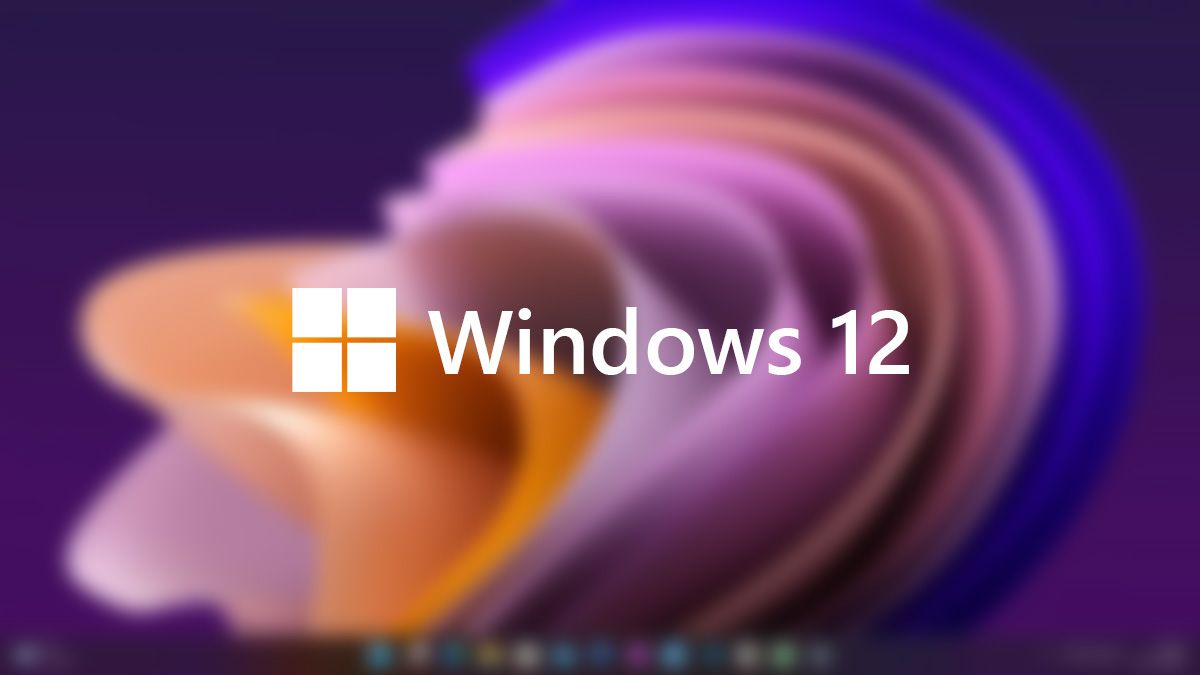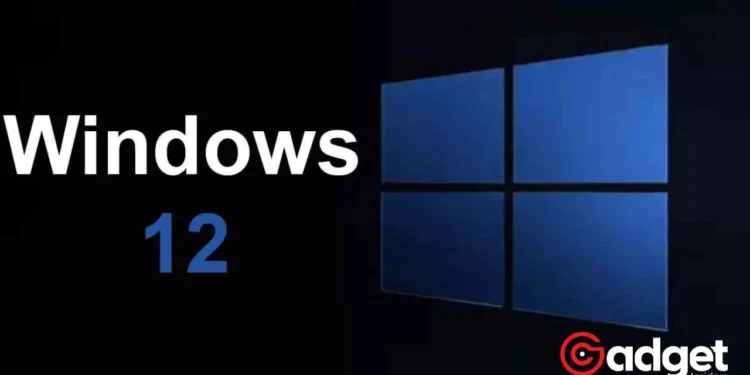Is Microsoft Set to Launch Windows 12? The tech world is abuzz with speculation about Microsoft’s next big move in the operating system domain. Amidst swirling rumors and expectations, the notion of Windows 12’s release this year has captured the imagination of Windows enthusiasts and the tech community at large. However, a closer examination of Microsoft’s current trajectory and strategic shifts suggests a different path might be unfolding.
Here’s a deep dive into why the much-anticipated Windows 12 might not grace our screens in the immediate future.
Microsoft’s Strategic Pivot: A New Era for Windows
The Changing of the Guard
In a significant leadership shake-up, Panos Panay, the former CVP of Windows & Devices, has departed, ushering in a new era for Windows under the stewardship of Mikhail Parakhin, CEO of Advertising and Web Services at Microsoft. This transition marks a pivotal shift, not just in personnel but in the philosophical approach to Windows as a platform.
Under Panay’s leadership, the synergy between Windows and Surface hardware mirrored Apple’s cohesive strategy for macOS and the Mac, emphasizing a seamless integration between software and premium hardware offerings. The result was Windows 11, a testament to this vision, showcasing a distinct upgrade in user experience and aesthetic coherence over its predecessor.

A New Direction for Windows
However, with Parakhin at the helm, Windows is poised for transformation. The platform is now aligned with Edge, Bing, MSN, and Copilot under the broader umbrella of web experiences. This realignment signals a departure from the three-year development cycle championed by Panay, moving towards a vision of Windows as a Service.
This approach emphasizes more frequent updates, aiming to deliver features and improvements iteratively, rather than bundling them into major releases. This strategy not only accelerates innovation but also ensures that Windows remains relevant in the fast-paced tech landscape.

The AI Factor and Hudson Valley
The upcoming update, code-named Hudson Valley, is expected to be a showcase of Microsoft’s commitment to integrating cutting-edge AI technologies, powered by next-generation silicon from Intel, AMD, and Qualcomm. Slated for unveiling in early summer and shipping in the fall, Hudson Valley represents a significant leap forward, primarily focusing on AI experiences. Yet, despite its importance, whether it will be branded as Windows 12 remains a subject of speculation.
The Case Against Windows 12
The anticipation surrounding Windows 12 overlooks a crucial factor: fragmentation. With approximately 1.4 billion users split between Windows 10 and Windows 11, introducing a third version could exacerbate the challenge of fragmentation. Microsoft’s strategy of reintroducing features to Windows 10 underscores a commitment to unification, aiming to maintain a cohesive ecosystem across its user base.
Moreover, the corporate appetite for radical UI overhauls has waned, likely influenced by the backlash against Windows 8’s dramatic changes. Instead, there’s a pragmatic recognition of the value of stability and familiarity, especially when introducing new technologies like AI to a broad audience.
The potential designation of Hudson Valley as a Windows 11 update fits this conservative approach, ensuring users receive the latest advancements without the friction of adapting to a new version.
Why Windows 12 (probably) isn't happening this year, or ever: https://t.co/n5jgaOvy7m
— Zac Bowden (@zacbowden) February 2, 2024
Bridging the Gap: Windows 10 and the AI Horizon
One of Parakhin’s first initiatives was to reassess Windows 10’s role within Microsoft’s portfolio. This reevaluation reflects a strategic pivot towards treating Windows 10 and 11 as a continuum, rather than discrete entities. By focusing on backporting features from Windows 11 to Windows 10, Microsoft not only extends the lifecycle of its existing infrastructure but also democratizes access to new technologies, including its AI endeavors.
Looking Ahead: The Invisible Platform
Drawing parallels with Google’s approach to Chrome OS, Microsoft envisions a future where the platform itself recedes into the background, defined not by version numbers but by its capacity to seamlessly integrate new features and improvements. This vision of Windows as a perpetually evolving service could redefine our interaction with operating systems, making the idea of a Windows 12 less relevant in the broader scheme of Microsoft’s ambitions.

Windows 12: The Path Forward
As speculation continues to swirl around the future of Windows, the signs point towards a more iterative, service-oriented future for the platform. While the allure of Windows 12 is undeniable, Microsoft’s current strategic direction suggests a focus on enhancing Windows 11 with AI-driven features, ensuring that the next major update, likely dubbed Windows 11 version 24H2, will set a new benchmark for the operating system.
In this evolving landscape, the concept of a singular, monumental release gives way to continuous innovation, ensuring that Windows remains at the forefront of the technological zeitgeist, serving its vast user base with a dynamic, responsive, and ever-improving platform.










